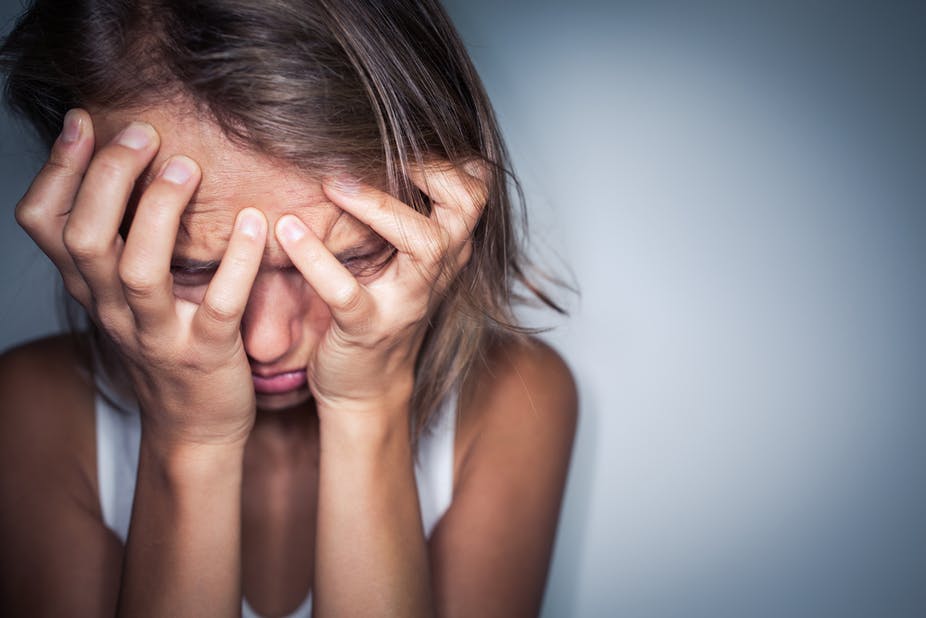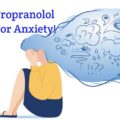Social anxiety disorder (also called social phobia) is a type of mental health condition. It is an intense, persistent fear of being watched and judged by others. This fear can affect work, school, and your other day-to-day activities. It can even make it hard to make and keep friends.
According to studies, the global prevalence of social anxiety is 36% (1 in 3). An estimated 7.1% of U.S. adults had a social anxiety disorder in the past year according to reports. Past year prevalence of social anxiety disorder among adults was higher for females (8.0%) than for males (6.1%).
Symptoms
Feelings of shyness or discomfort in certain situations aren’t necessarily signs of social anxiety disorder, particularly in children. Comfort levels in social situations vary, depending on personality traits and life experiences. Some people are naturally reserved and others are more outgoing.
In contrast to everyday nervousness, social anxiety disorder includes fear, anxiety, and avoidance that interfere with daily routine, work, school, or other activities. Social anxiety disorder typically begins in the early to mid-teens, though it can sometimes start in younger children or in adults.
Emotional and behavioral symptoms
Signs and symptoms of social anxiety disorder can include persistent:
- Fear of situations in which you may be judged
- Worrying about embarrassing or humiliating yourself
- Intense fear of interacting or talking with strangers
- Fear that others will notice that you look anxious
- Fear of physical symptoms that may cause you embarrassment, such as blushing, sweating, trembling, or having a shaky voice
- Avoiding doing things or speaking to people out of fear of embarrassment
- Avoiding situations where you might be the center of attention
- Having anxiety in anticipation of a feared activity or event
- Enduring a social situation with intense fear or anxiety
- Spending time after a social situation analyzing your performance and identifying flaws in your interactions
- Expecting the worst possible consequences from a negative experience during a social situation
For children, anxiety about interacting with adults or peers may be shown by crying, having temper tantrums, clinging to parents, or refusing to speak in social situations.
Performance type of social anxiety disorder is when you experience intense fear and anxiety only during speaking or performing in public, but not in other types of social situations.
Physical symptoms
Physical signs and symptoms can sometimes accompany social anxiety disorder and may include:
- Blushing
- Fast heartbeat
- Trembling
- Sweating
- Upset stomach or nausea
- Trouble catching your breath
- Dizziness or lightheadedness
- Feeling that your mind has gone blank
- Muscle tension
Avoiding common social situations
Common everyday experiences that may be hard to endure when you have social anxiety disorder include, for example:
- Interacting with unfamiliar people or strangers
- Attending parties or social gatherings
- Going to work or school
- Starting conversations
- Making eye contact
- Dating
- Entering a room in which people are already seated
- Returning items to a store
- Eating in front of others
- Using a public restroom
Social anxiety disorder symptoms can change over time. They may flare up if you’re facing a lot of stress or demands. Although avoiding situations that produce anxiety may make you feel better in the short term, your anxiety is likely to continue over the long term if you don’t get treatment.
Treatment for Social Anxiety Disorder
Several types of treatment are available for social anxiety disorder. Treatment results differ from person to person. Some people only need one type of treatment. However, others may require more than one. Your healthcare provider may refer you to a mental health provider for treatment. Sometimes, primary care providers may suggest medication to treat symptoms.
Treatment options for social anxiety disorder include:
Cognitive-behavioral therapy
This therapy helps you learn how to control anxiety through relaxation and breathing, and how to replace negative thoughts with positive ones.
Exposure therapy
This type of therapy helps you gradually face social situations, rather than avoid them.
Group therapy
This therapy helps you learn social skills and techniques to interact with people in social settings. Participating in group therapy with others who have the same fears may make you feel less alone. It will give you a chance to practice your new skills through role-playing.
At-home treatments include:
Avoiding caffeine
Foods such as coffee, chocolate, and soda are stimulants and may increase anxiety.
Getting plenty of sleep
Getting at least eight hours of sleep per night is recommended. Lack of sleep can increase anxiety and worsen symptoms of social phobia.
Your healthcare provider may prescribe medications that treat anxiety and depression if your condition doesn’t improve with therapy and lifestyle changes. These medications do not cure social anxiety disorder. However, they can improve your symptoms and help you function in your daily life. It can take up to three months for the medication to improve your symptoms.
Medications approved by the Food and Drug Administration (FDA) to treat social anxiety disorder include Paxil, Zoloft, and Effexor XR. Your healthcare provider may start you with a low dose of medication and gradually increase your prescription to avoid side effects. READ: Does Quitting Alcohol Cure Your Anxiety?





